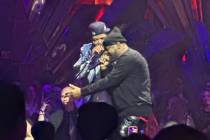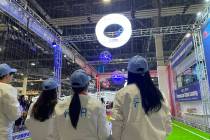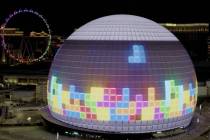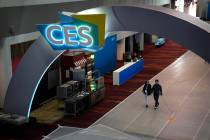CES 2019: Parents using tech to keep eye on children — VIDEO
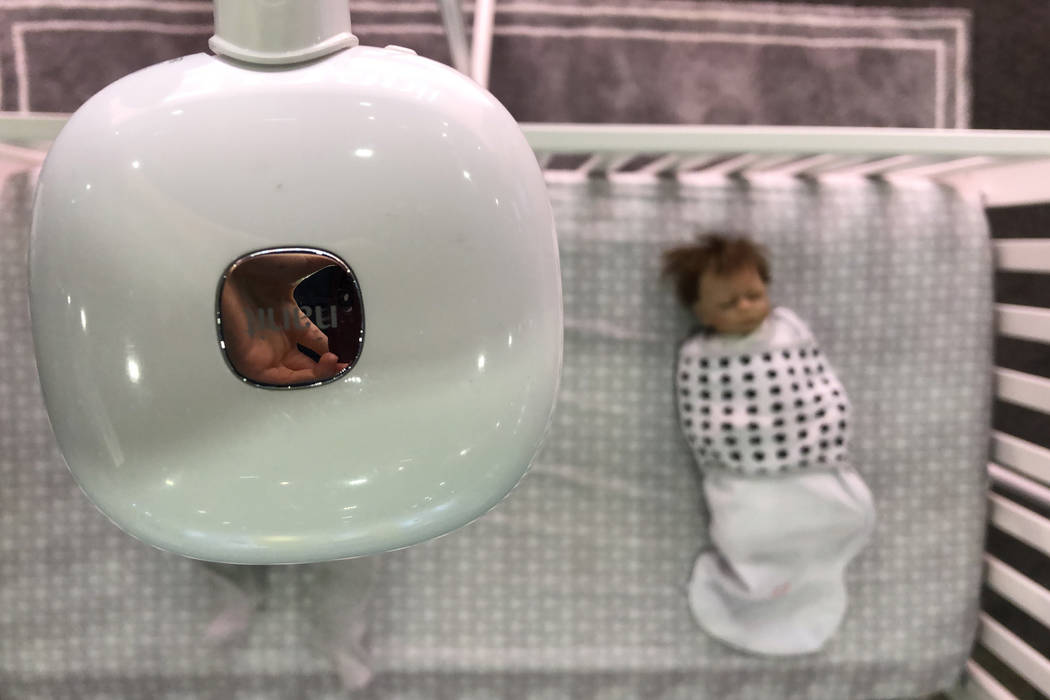
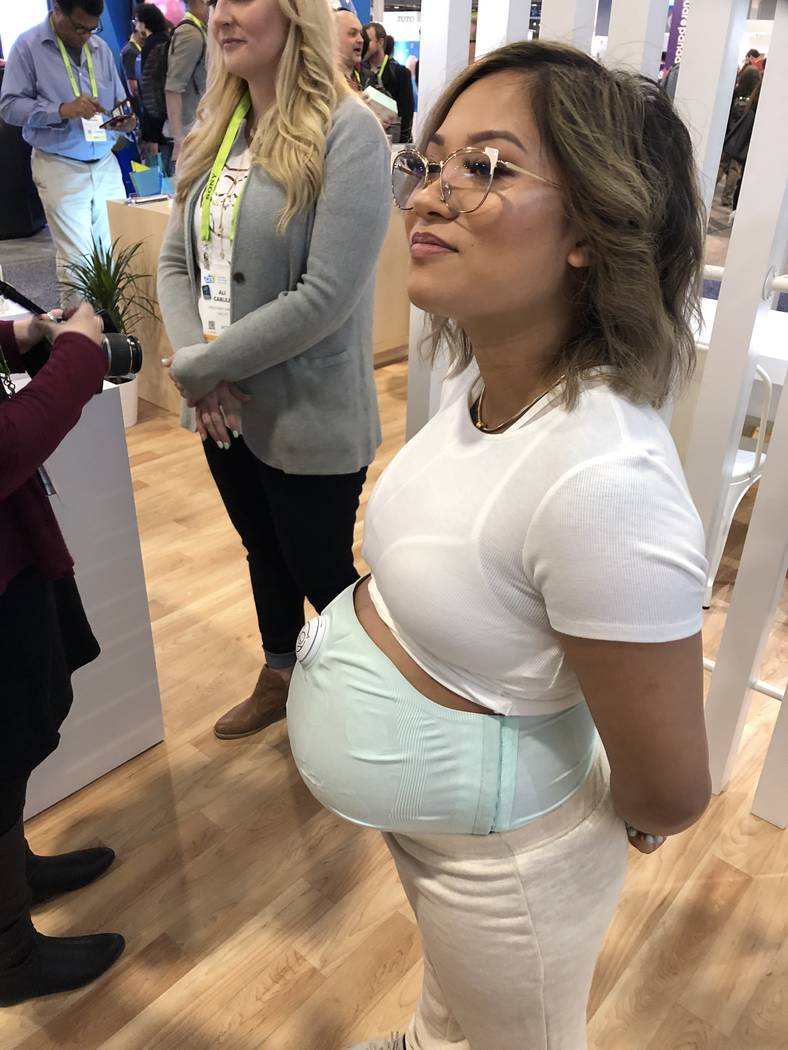
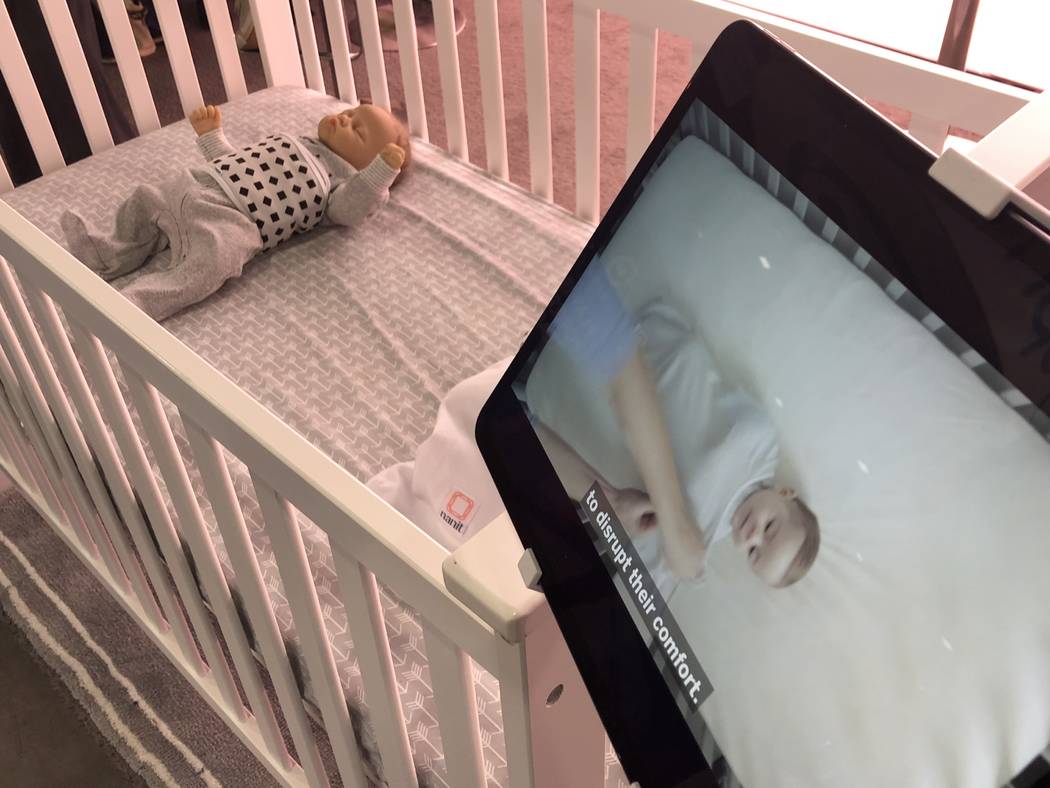
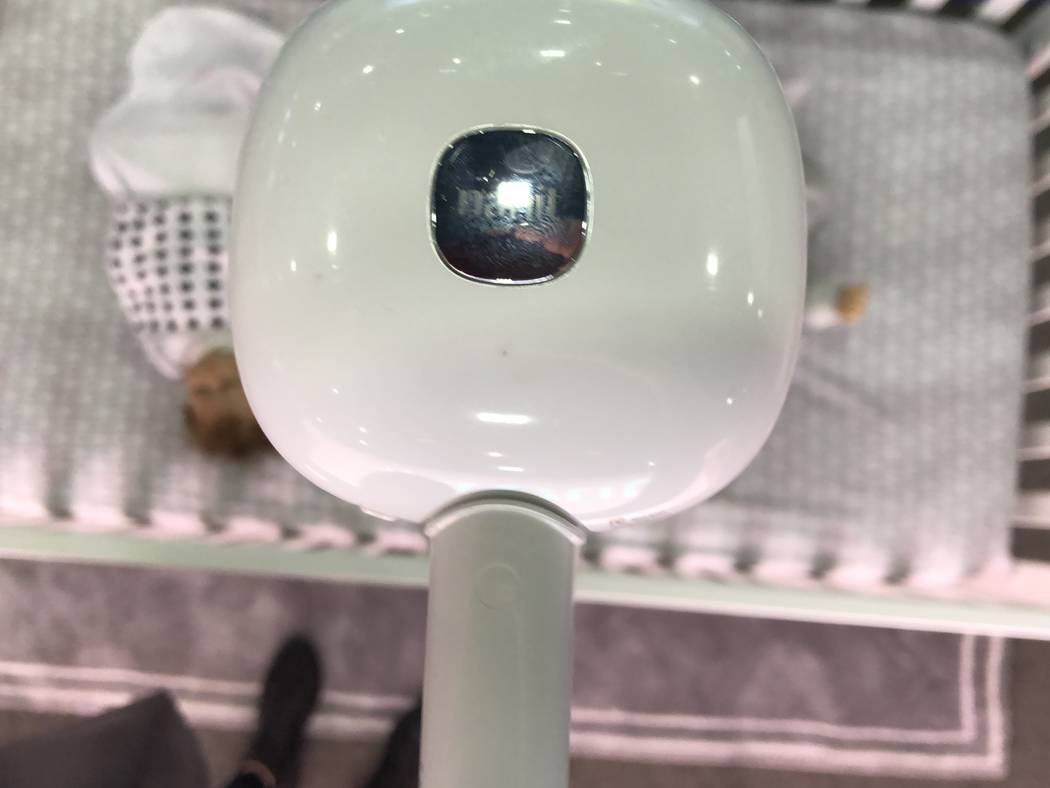
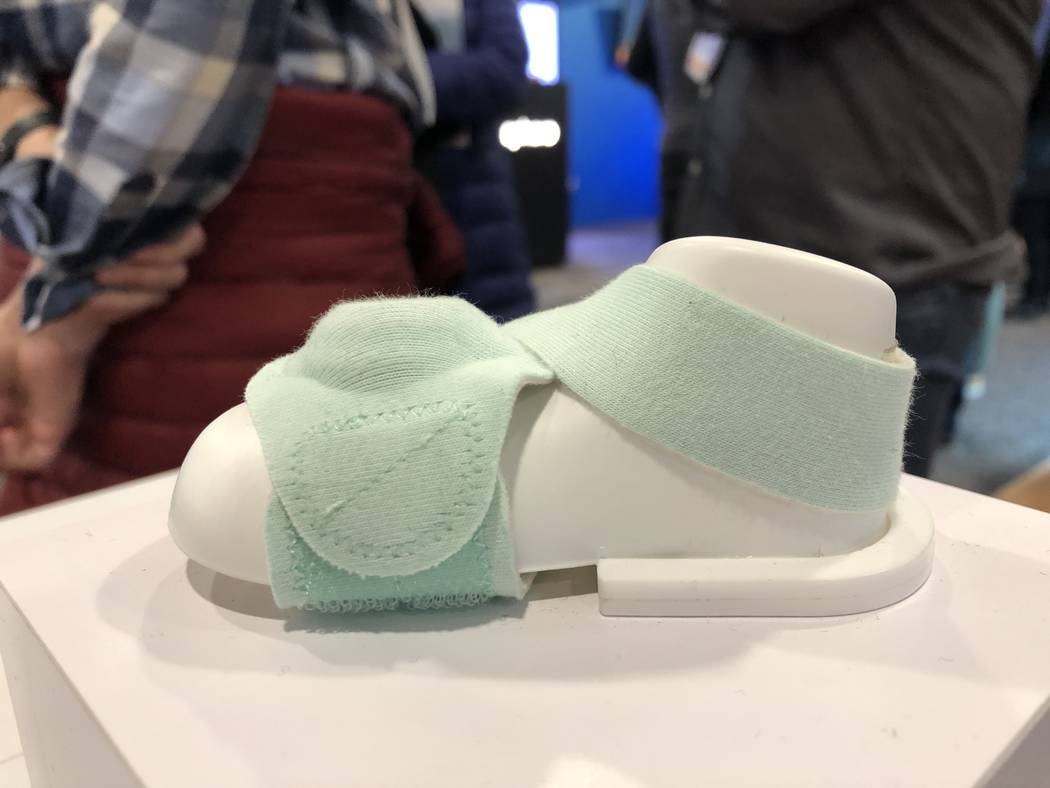
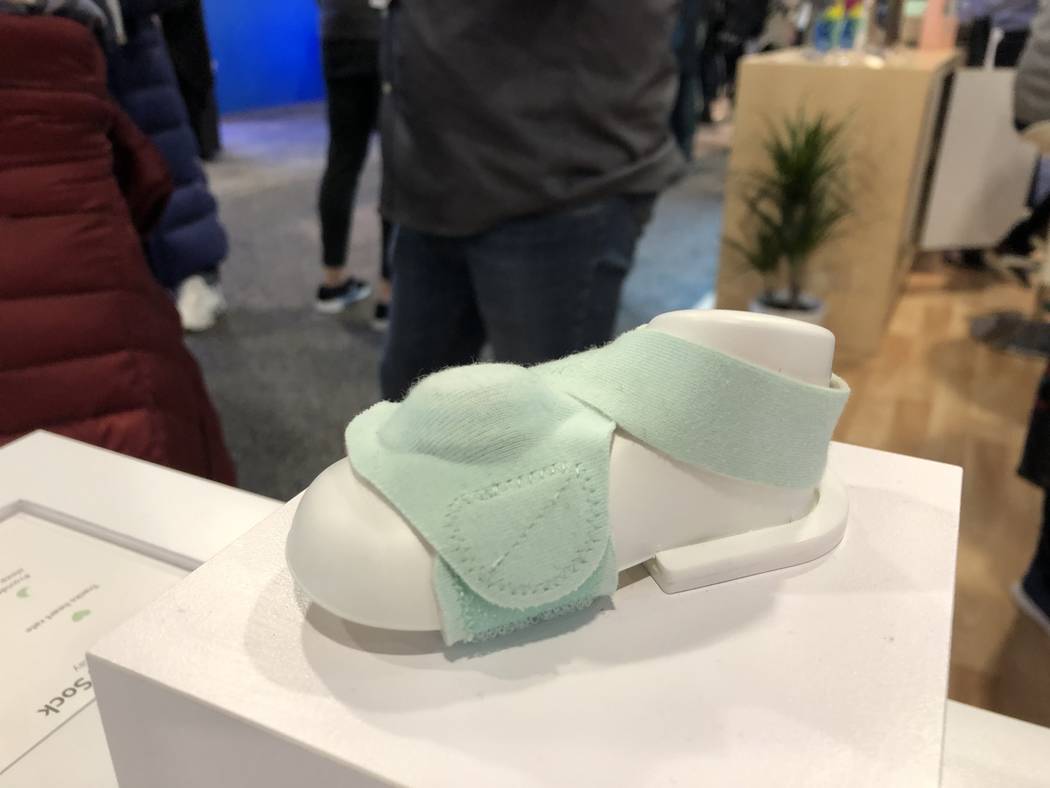
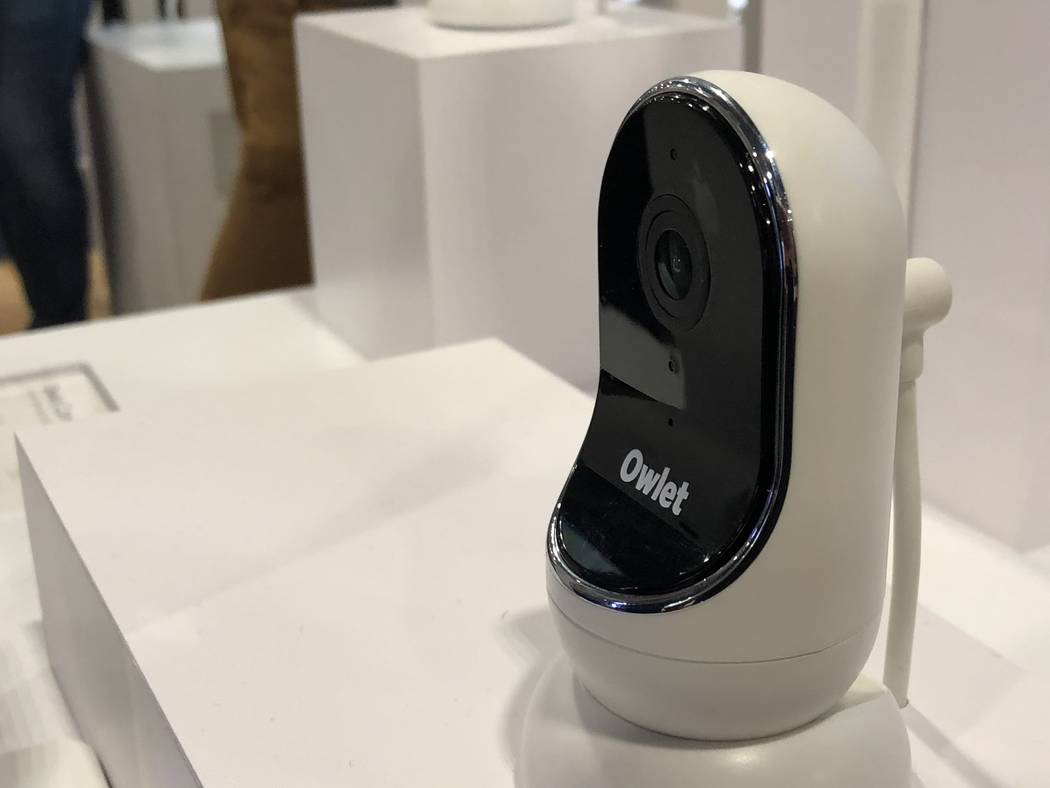
At the Nanit demonstration booth at CES 2019, a baby doll in a crib was wrapped snug in a blanket. Above the doll — in place of a baby mobile — was a camera, built to track an infant’s breathing.
“It’s a very natural need, to want to see the baby,” said Assaf Glazer, CEO of baby monitor company Nanit at a CES presentation Tuesday. “I want to boost technology in a way that will make us super parents.”
With a growing number of millennials entering parenthood, many are turning toward technology to help them rear their children and maybe catch a few extra hours of sleep at night.
New generation of parents
Jordan Monroe, co-founder of baby monitoring company Owlet, first attended CES in 2017, back when the “baby tech” section had only four or so booths. This year, there were 12 exhibitors, with another 31 that fell under “family and kids technology.”
“You’ve got a changing demographic, parents that were raised with the internet,” Monroe said.
And those parents are much more tech-savvy or at least more comfortable using tech as an aide.
That includes technology like Owlet’s new pregnancy monitor, a band that wraps around a pregnant mother’s abdomen to track contractions and the baby’s heartbeat. The device launched Tuesday and is expected to hit the market by the end of 2019.
Jocelene Kwan, vice president of strategy and business operations at baby registration website Babylist, said advanced monitors are especially picking up steam this year.
“We’re seeing the adoption happening,” she said. “Parents are willing to pay for innovation.”
With increasing safety in households, Glazer said, monitoring lets parents check on babies fewer times throughout the night, allowing for more sleep.
About 76 percent of modern parents use technology like cameras to watch their children, according to a 2018 report from technology insurance company Asurion.
But Monroe said advancing technology doesn’t mean the world is on a path akin to George Orwell’s “1984”; it’s more for parents’ peace of mind.
“The concern is that we’re going to take the humanity out of parenting … but I think it’s making us better parents,” he said.
Rising trend
Monroe, a panelist on the CES session “Digital Parenting: Powering the Baby Tech Craze,” said reduced production costs have helped the baby tech industry boom.
“It’s easier to build a monitor” today, Monroe said.
According to market research company Technavio, the baby monitors market alone will see $119 million in incremental growth between 2019 and 2023, with close to half coming from the Americas. One of the key drivers for this market is “innovation in technology,” according to the report.
Eric White, another panelist and the CEO of monitoring technology company Miku, said he expects the technology to enter other industries in the near future, helping keep track of things like sleep apnea.
The industry is “ripe for innovation,” he said.
Along with baby monitoring devices, other new-parent technology — like Imalac’s massaging breast pump bra — made an appearance at CES through the convention’s first live breast pumping demonstration, according to CEO Noreen Sablotsky.
It’s “designed to be worn all day long so the woman can nurse, pump, or massage,” Sablotsky said. “This needs to become a normalized part of our society.”
The baby tech industry itself is just beginning, Monroe said.
“People aren’t solving the important problems (yet),” he said. He pointed to issues like parents leaving children in hot cars and not getting enough sleep.
Glazer said he expects more baby tech to emerge as solutions to these issues. “It’s only a matter of time,” he said, predicting most households will have baby tech in the next three years or so.
^
Contact Bailey Schulz at bschulz@reviewjournal.com or 702-383-0233. Follow @bailey_schulz on Twitter.






